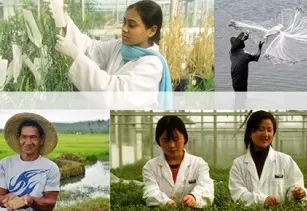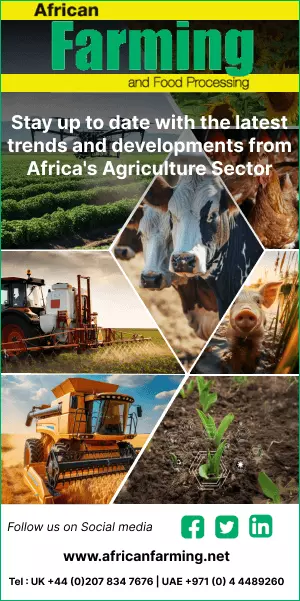Page 2 of 2Application of biotechnology provides an opportunity to improve production through development of biotic and abiotic stress tolerant varieties. For example, researchers were able to develop flood –tolerant rice varieties. The gene for submergence tolerance were bred into popular rice varieties and generated new submergence –tolerant rice variety. With this variety, land with excessive waterlogging problem can be used for cultivation and improve overall rice production in respective countries.
Many other agricultural biotechnology techniques are used to improve production in livestock, aquatic animals such as shrimp and in forestry. To name but one example, use of artificial insemination of dairy cattle with the sperm of elite bulls has increased milk production in many countries.
Secondly, agricultural biotechnology techniques can also be used to improve the nutritional qualities of food. For example, pulses like chickpea and pigeonpea play an important role in providing nutritional food security in Asian countries because of their higher nutrient content. However, the average productivity of pulses is very low as they are grown in semi-arid regions and exposed to a number of biotic and abiotic stresses. Biotechnologies are being used to remove these limitations.
4. How would you define sustainable biotechnology?
FAO defines sustainable agricultural development as “the management and conservation of the natural resource base, and the orientation of technological change in such a manner as to ensure the attainment of continued satisfaction of human needs for present and future generations”. Agricultural biotechnology is a large toolbox with a wide range of low-tech to high-tech biotechnologies. Many of these can be applied for sustainable agriculture by satisfying human food and fiber needs through improving productivity and production without eroding the natural resource base, by improving the nutritional quality of crops and livestock products, reducing the impact on the environment by reducing the use of chemicals and reducing greenhouse gas emissions from agriculture.
5. How can countries tackle injudicious use of biotechnology? How should government policies evolve to achieve sustainable use of biotechnology?
It is very difficult to say what is judicious, wise or appropriate use of biotechnology and what is not. For almost all of the many tools in the ‘biotechnology toolbox’, there is no debate or controversy about their implications or their use for farmers. For a small number of biotechnologies, however, such as genetic modification of crops, cloning of animals or new gene editing techniques like CRISP-Cas9, there continues to be much debate about whether and under which conditions they might be used. Some countries are favourable to these new technologies and others are much more cautious. FAO, as a UN organization with member countries, does not take a specific position regarding these technologies. It underlines, however, the need to carefully evaluate the use of such new technologies on a case-by-case basis.
There is no one model fits all. Policy-making by a government regarding these issues can be quite complicated as its citizens’ perception of them they can be affected by their ethical, social and cultural viewpoints. In making policies it is therefore essential that the public participate and be consulted by governments throughout the whole policy making process.







